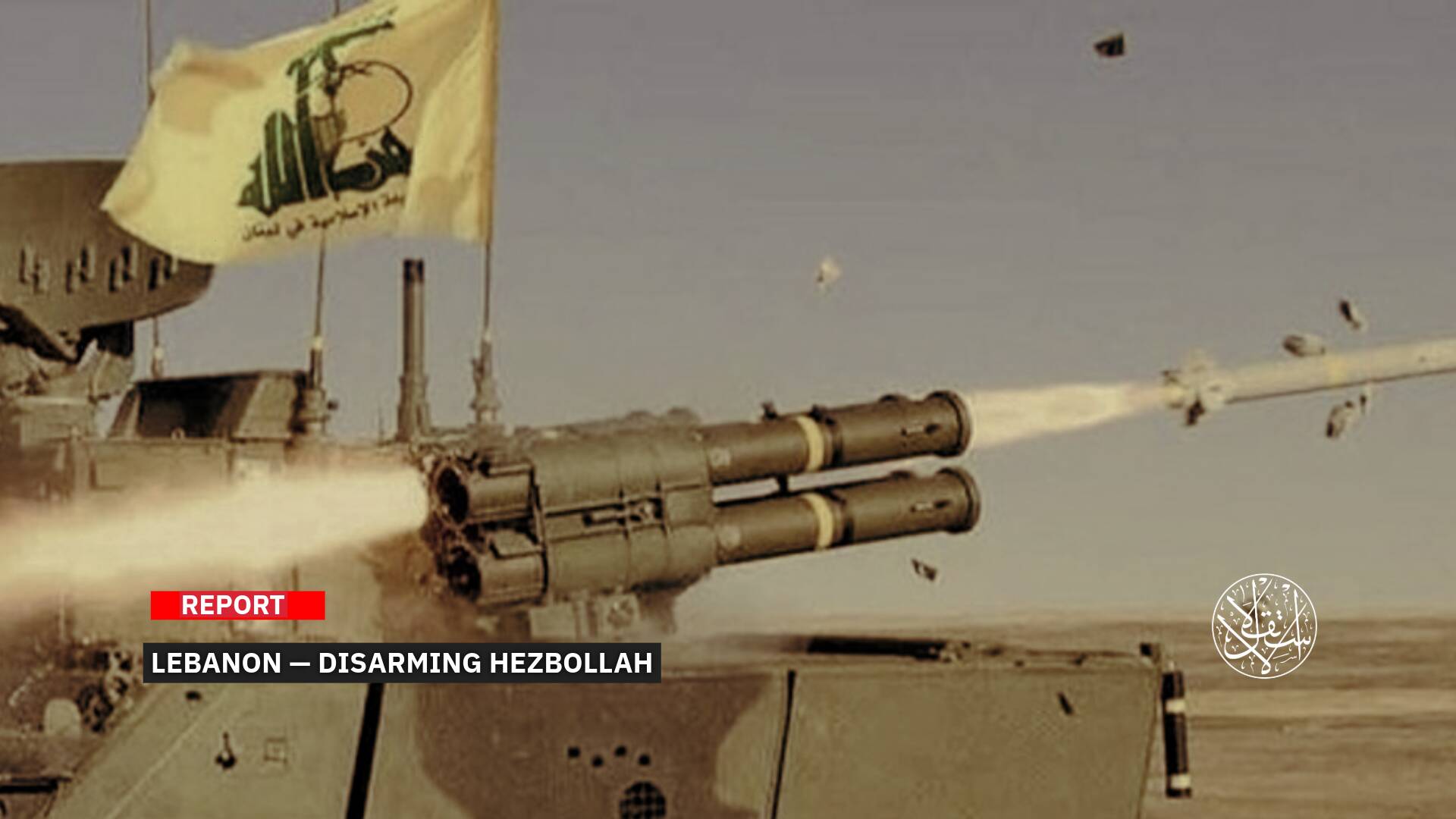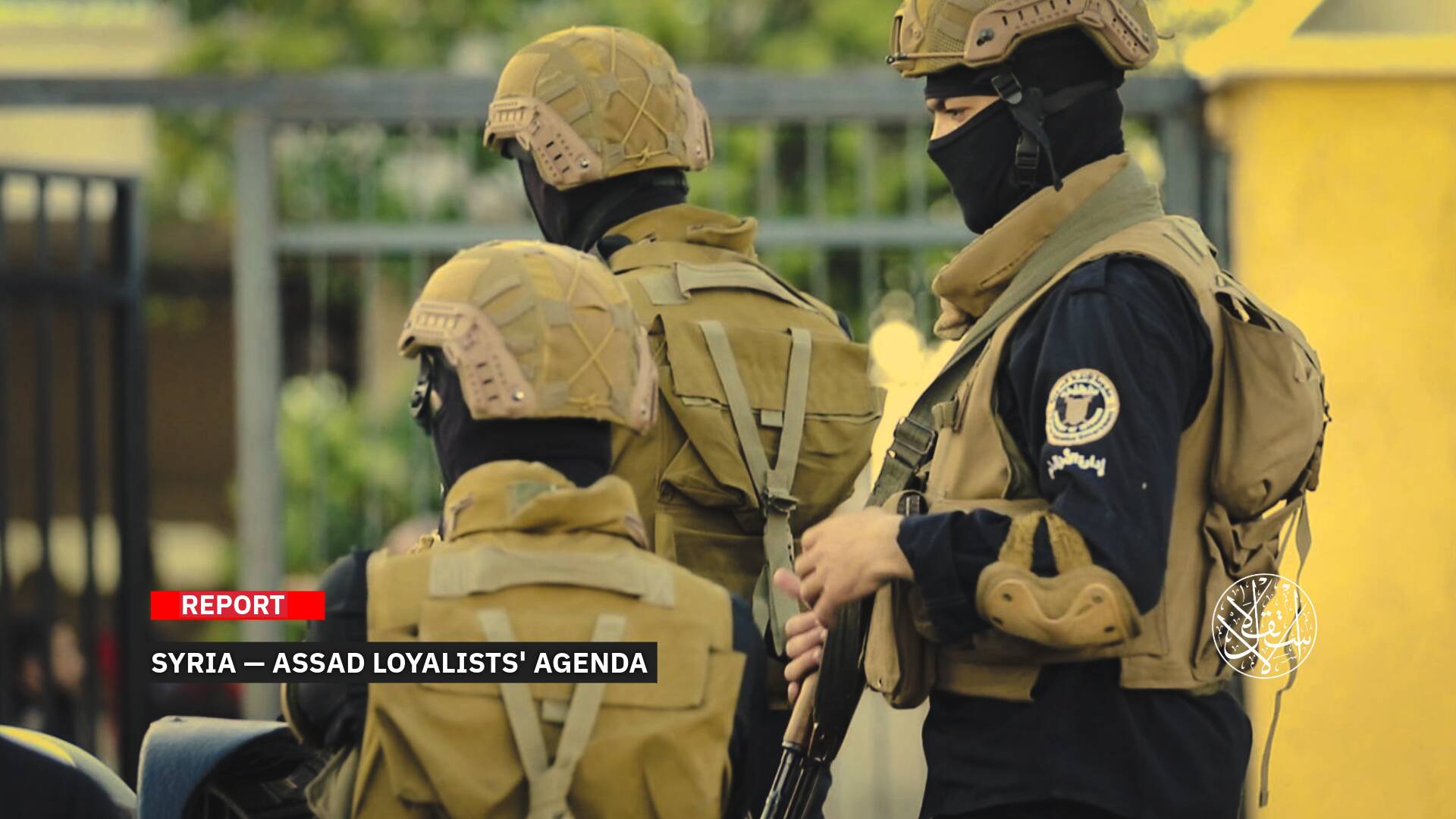Will the US Army Suffer in Ukraine as it Did in Afghanistan?

On January 28, US President Joe Biden said that he will move US troops to NATO allies in Eastern Europe in the "near term," marking a new phase in the US response to Russia's escalation on the Ukrainian border, which US officials fear could soon lead to an invasion.
"I will be moving US troops to Eastern Europe in NATO countries in the near term," Biden told reporters when asked about a timeline for moving the troops, adding that he did not have any updates on the situation in Ukraine.
As many as 8,500 US troops had been placed on heightened alert earlier this week to prepare to deploy to Eastern Europe—including units with "medical support, aviation support, logistical support" and "combat formation," according to a Pentagon spokesman.
Biden's comments come hours after the top US military general, Chairman of the Joint Chiefs of Staff Gen. Mark Milley, warned a Russian invasion of Ukraine would be "horrific" for the country and would result in "significant" casualties as he urged Russian President Vladimir Putin to choose a diplomatic path instead.
Failure Fear
Helene Cooper, a Pentagon correspondent with The New York Times, wrote that the United States is still suffering from a humiliating exit from two decades of war in Afghanistan.
“Even a conversation about how far the United States would go to subvert Russian aims in the event of an invasion has revived the specter of a new Cold War and suddenly made real the prospect of the beginnings of a so-called great power conflict,” she wrote.
“In Afghanistan, the United States showed itself to be dismal at fighting insurgencies. But when it comes to funding them, military experts say it is a different ballgame,” she added.
James Stavridis, a retired four-star Navy admiral who was the supreme allied commander at NATO, said that US deployment and protection of Ukraine is inevitable.
“If Putin invades Ukraine with a major military force, US and NATO military assistance—intelligence, cyber, anti-armor and anti-air weapons, offensive naval missiles—would ratchet up significantly,” he said.
But Stavridis is confident of the US capability of winning the war.
“If the invasion turned into a Ukrainian insurgency, Putin should realize that after fighting insurgencies ourselves for two decades, we know how to arm, train and energize them,” he confirmed.
He pointed to American support for the mujahideen in Afghanistan against the Soviet invasion there in the late 1970s and 1980s, before the rise of the Taliban. “The level of military support” for an Ukrainian insurgency, Admiral Stavridis said, “would make our efforts in Afghanistan against the Soviet Union look puny by comparison.”
In recent phone calls, both Defense Secretary Lloyd J. Austin III and Chairman of the Joint Chiefs of Staff Gen. Mark A. Milley warned their Russian counterparts that any quick Russian victory in Ukraine would almost certainly be followed by a bloody insurgency similar to the one that drove the Soviet Union out of Afghanistan.
Senior Biden officials have also made it plain in meetings with friends that the C.I.A. and the Pentagon would both endeavor to assist any Ukrainian rebellion.
Huge Losses
The US credibility in Afghanistan had been greatly downsizing since its invasion in 2001.
During US military cross-border military operations in Afghanistan and Pakistan, nearly 241,000 people have been killed since 2001, including more than 71,000 civilians as a direct result of the war.
In Afghanistan, the number of civilian casualties has risen sharply since 2017, the year the US military eased rules of engagement by launching air strikes.
During former President Donald Trump's administration, the number of civilians killed by US airstrikes in Afghanistan increased by 330 percent. Tens of thousands of Afghans have also been arrested as suspects in terrorism-related acts, 50,000 of them in the first three years of the war.
The United States has spent an estimated $2 trillion on its military operations in the region during its 20 years in Afghanistan.
In addition to the cost of the war in Afghanistan and Iraq, which the United States financed by loans, loan interest is expected to reach $6.5 trillion by 2050.
The United States has provided more than $145 billion to implement reconstruction programs in Afghanistan since 2002 and has spent $83 billion on training and equipment for Afghan security forces over the past 20 years.
According to a 2017 report by the US Government Accountability Office, Afghan forces were provided with some 76,000 vehicles, 600,000 weapons, 163,000 communications devices and 208 aircraft between 2003 and 2016.
Britain and Germany, which have the second largest number of troops in Afghanistan after the United States, spent an estimated $30 billion and $19 billion respectively during the war.
The United States and NATO have pledged to pay a total of $4 billion annually by 2024 to help Afghanistan finance its forces. So far, NATO has sent $72 million worth of supplies and equipment to Afghanistan, in addition to the training of 300,000 Afghan military personnel by the United States.
















